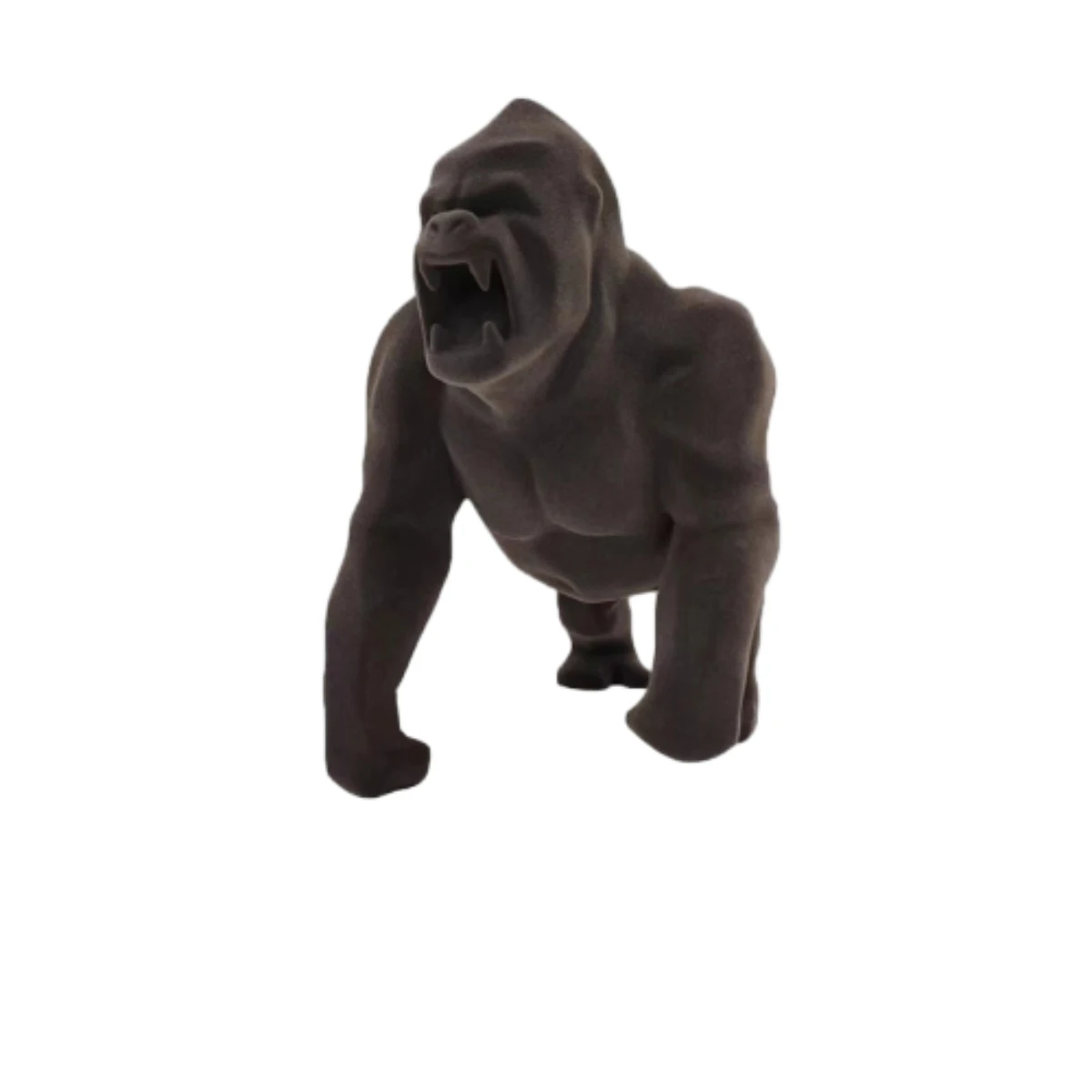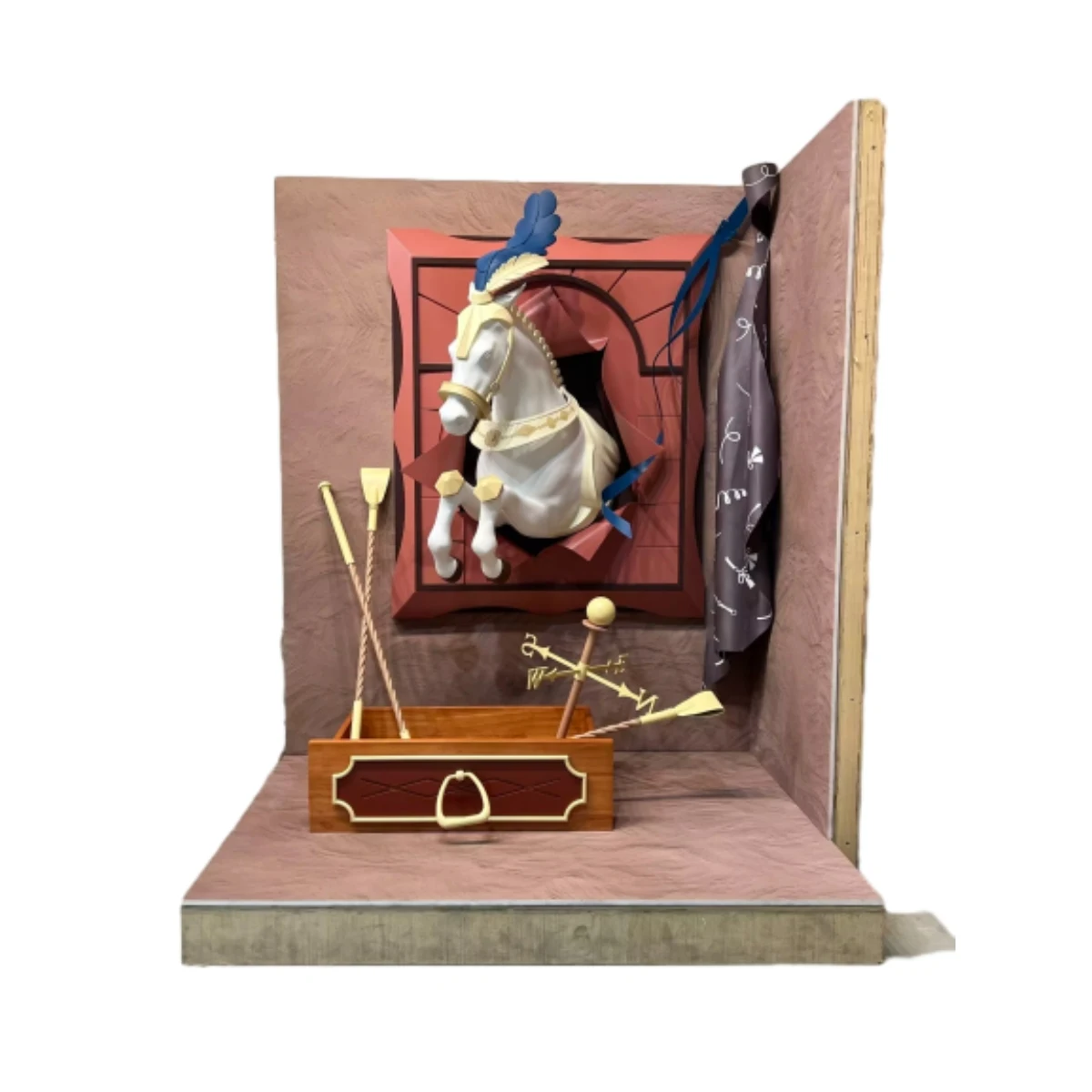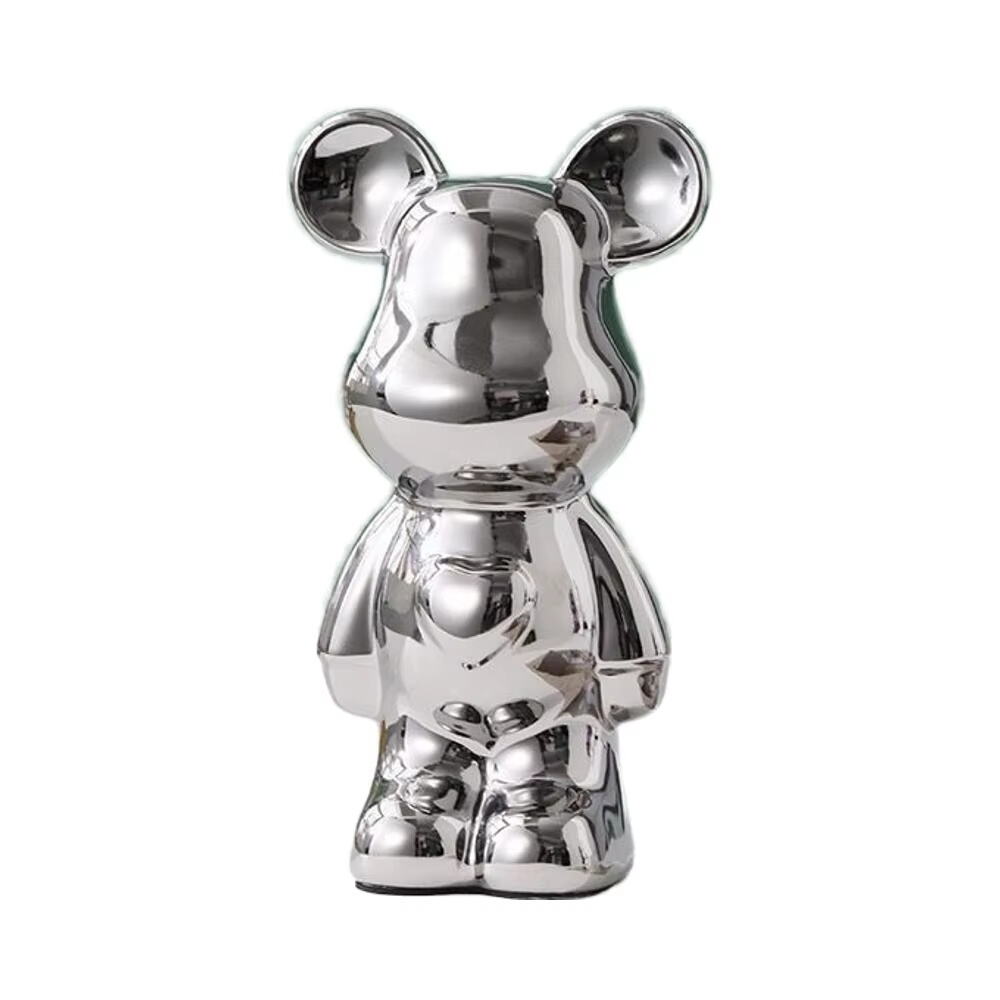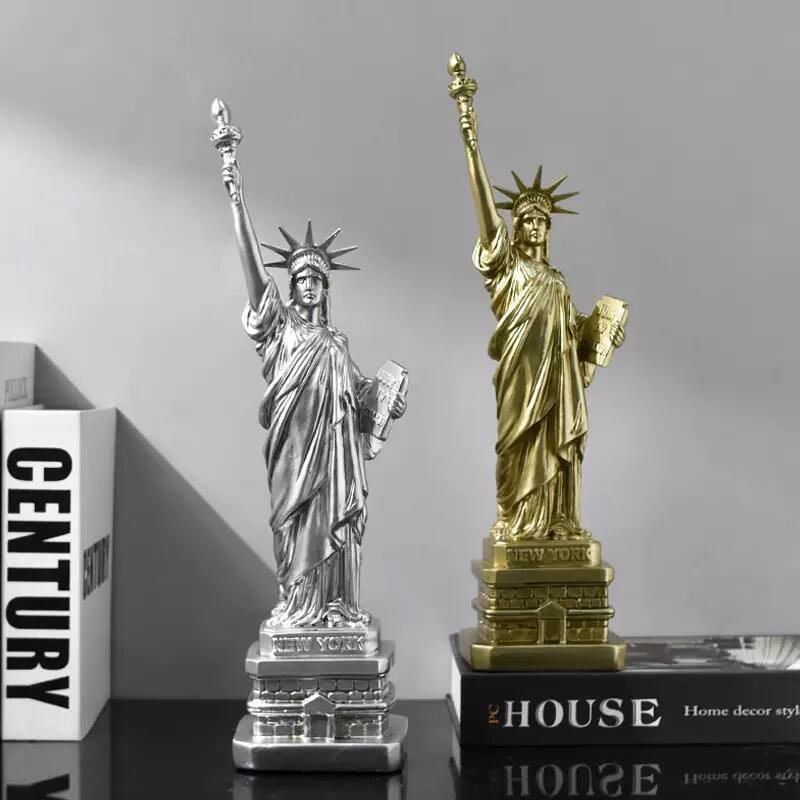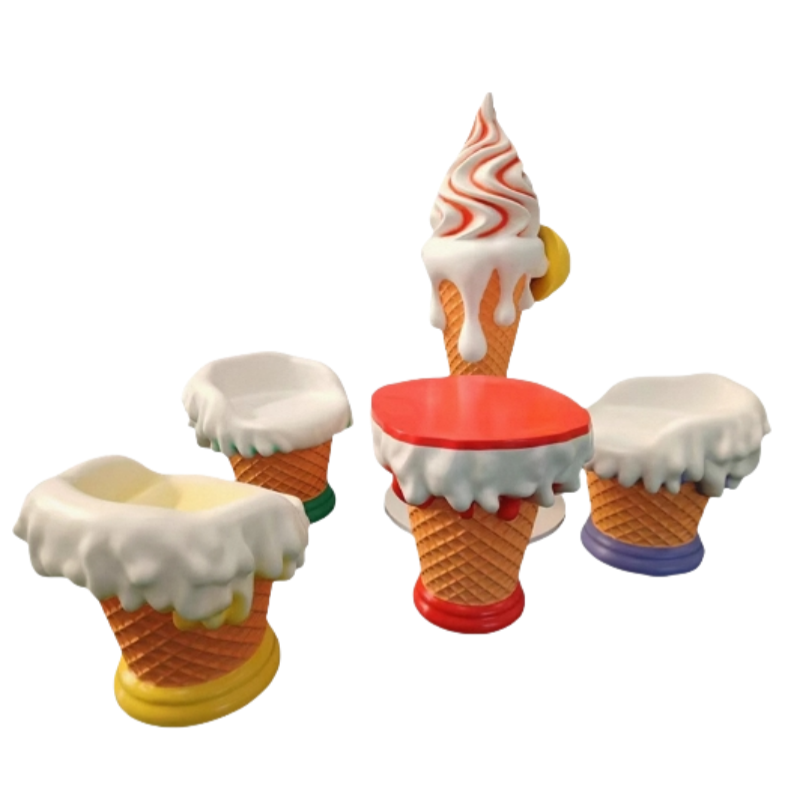outdoor fiberglass sculpture
Outdoor fiberglass sculptures represent a revolutionary advancement in public art and architectural decoration, combining durability with artistic expression. These sculptures are crafted from glass-reinforced plastic, a composite material that offers exceptional strength while maintaining a relatively lightweight structure. The manufacturing process involves laying out glass fiber mats or fabrics, which are then impregnated with polyester or epoxy resin to create a robust, weather-resistant final product. These sculptures are engineered to withstand various environmental conditions, including extreme temperatures, UV radiation, and moisture exposure. The versatility of fiberglass allows artists and designers to create intricate shapes and forms that would be challenging or impossible with traditional materials. Modern manufacturing techniques enable the incorporation of various textures, colors, and finishes, making each piece unique and visually striking. The sculptures can be produced in any size, from small decorative pieces to monumental installations, and can be easily transported and installed due to their lightweight nature. Additionally, these sculptures require minimal maintenance and can maintain their appearance for decades with proper care.


